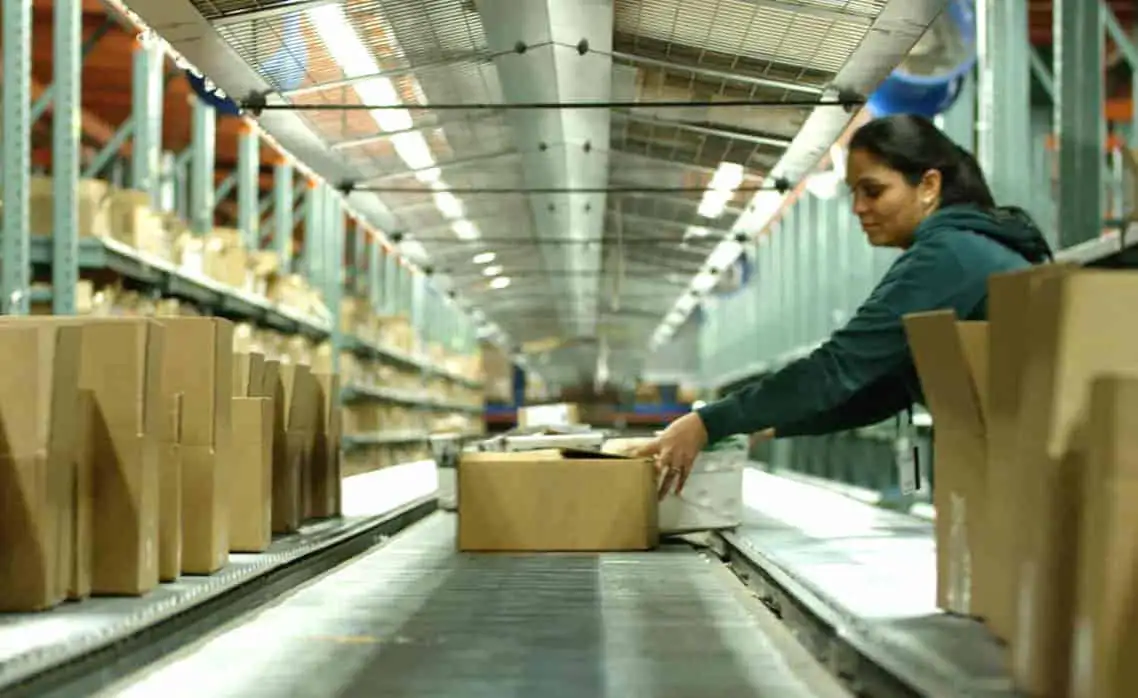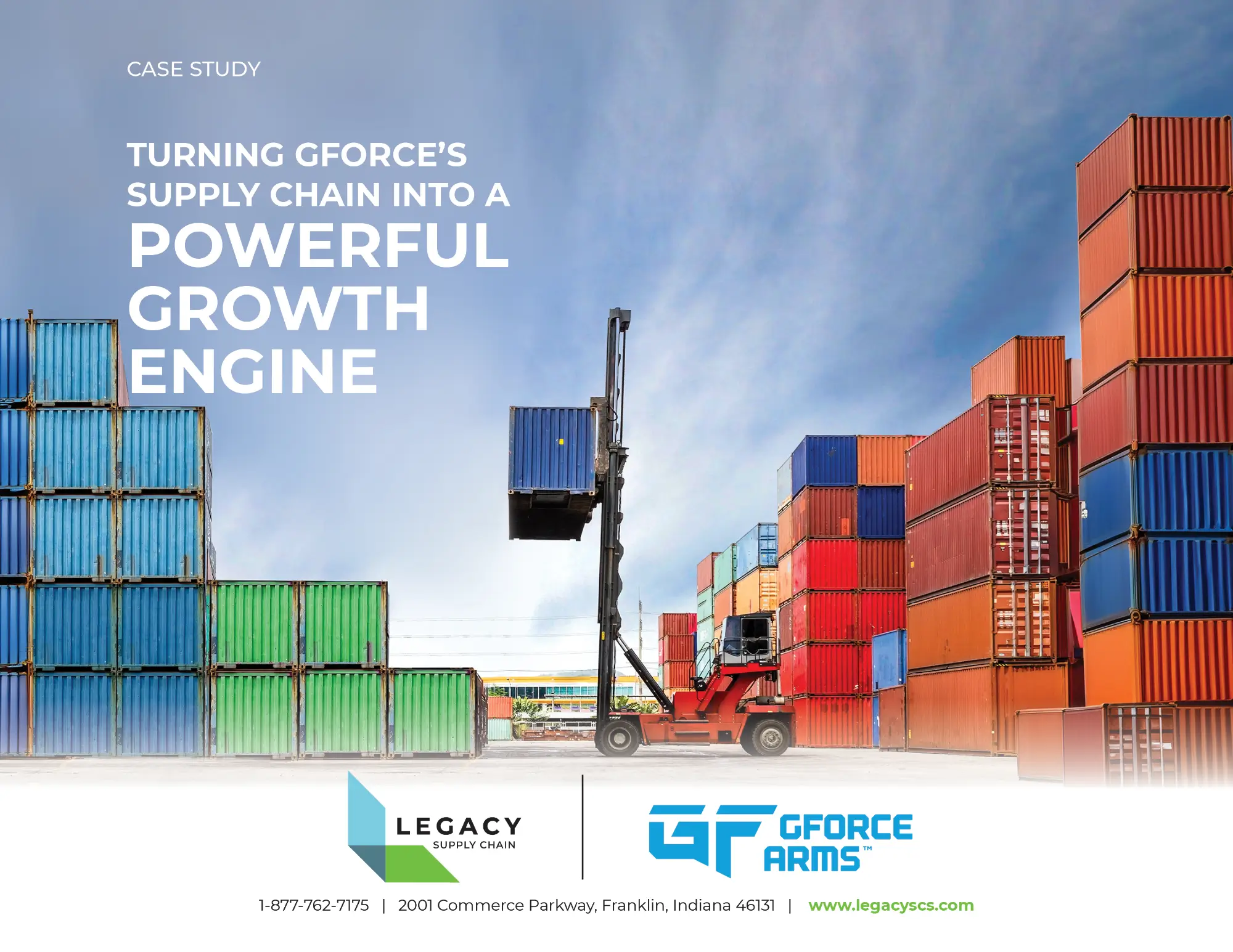Frequently Asked Questions
Yes. Our secure web portal makes it easy for clients to view their inventory levels, as well as monitor the status of open shipments, modify orders, access KPI reports and more — all in real time.
We combine white-glove, customized service with standardized, repeatable processes and technology — including our proprietary EDI platform, APIs, Microsoft Logic Apps and file transfers — to provide seamless integration with any online marketplace of your choosing.
Yes. Using advanced technology, including 6 River Systems collaborative robots, we’re able to automate much of the eCommerce fulfillment process for maximum efficiency and repeatability, as well as lower supply chain operating costs.
Yes. Our secure web portal makes it easy for clients to view their inventory levels, as well as monitor the status of open shipments, modify orders, access KPI reports and more — all in real time.
Legacy’s fulfillment network includes dozens of locations near key shipping hubs, which enables us to provide 95% coverage of the U.S. population within 2-day ground shipping. To see a complete list of our fulfillment center locations, please visit our locations page.
We combine white-glove, customized service with standardized, repeatable processes and technology — including our proprietary EDI platform, APIs, Microsoft Logic Apps and file transfers — to provide seamless integration with any eCommerce platform of your choosing.
Legacy is capable of managing the entire returns process on your behalf. As standard practice, we conduct a thorough quality assurance check on all return orders and validate that every item returned is what the customer received. From there, we process the return based on your specifications; our solutions team will work closely with you to design a custom offering that aligns with your business requirements. Visit our returns management page to learn more.
Kitting and assembly is a high value-add service, one which can offer financial rewards for eCommerce businesses; however, many companies lack the internal resources, supply chain expertise and dedicated infrastructure to support it.
Outsourcing kitting and assembly to a third-party logistics provider such as Legacy — which has over 40 years of industry experience — enables you to take full advantage of an extensive warehouse network, advanced technology, highly trained personnel, proven expertise and an entire team dedicated to your success. By letting the experts at Legacy handle kitting and assembly on your behalf, you’ll not only save time and money but also be able to focus on what’s really important: delighting your customers.
The terms “kitting” and “bundling” are essentially synonymous and can be used interchangeably. Both terms refer to the process of packaging multiple child components together to create a single SKU.
Yes. We deliver truly end-to-end support and service to our clients, including returns management and reverse logistics. To learn more about how we handle returns, please visit our dedicated returns management page.
-
Legacy Achieves Platinum Status for Delivery Excellence From Amazon
When it comes to supply chain performance, the margin for error is razor thin. Customers expect orders to arrive quickly, accurately, and...
+ Read more -
IPS Corporation selects Legacy as 3PL Partner to drive Supply Chain Transformation
FRANKLIN, IN | September 10th, 2025 – Legacy SCS announced that it has been selected by IPS Corporation, a global leader in Water...
+ Read more -
How GForce Transformed Its Supply Chain Into a Powerful Growth Engine
When GForce Arms launched in 2020, the mission was simple but ambitious: deliver affordable, reliable firearms with the speed and...
+ Read more


